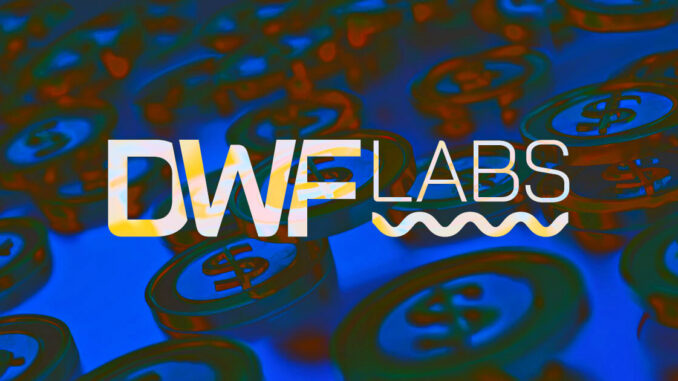
Prominent crypto market maker DWF Labs has finalized the design of its synthetic stablecoin which would be backed by a mix of digital assets, including Bitcoin and Ethereum.
In a Sept. 5 post on X (formerly Twitter), DWF Labs co-founder Andrei Grachev revealed that the synthetic stablecoin would be overcollateralized and backed with fiat stablecoins like Tether’s USDT, Circle’s USDC, and unnamed select altcoins.
He added that each asset will offer different APYs to incentivize community adoption.
Grachev projected that the asset would generate massive liquidity in the market. He said:
“Let’s imagine that just a part of altcoins FDV is a liquid stable again > people would trade like a crazy , one more chance to capture alpha or a new gem.”
This announcement comes over a month after DWF Labs revealed plans to enter the growing stablecoin market. At the time, Grachev mentioned that the digital asset would enable users to earn attractive yields without sacrificing flexibility.
While details on how DWF Labs’ stablecoin will maintain parity with the US dollar remain unclear, its launch could strengthen the rapidly expanding stablecoin sector.
Stablecoins have become one of the few crypto products with consistent real-world applications. Their stability allows traders to avoid more volatile digital assets and gives crypto users in emerging markets access to US dollars.
USDe’s decline
As DWF Labs prepares its synthetic stablecoin, Ethena’s USDe, a “synthetic dollar,” is facing a significant contraction in supply.
Earlier this year, USDe was among the fastest-growing stablecoins, drawing investors with its innovative mechanisms and high-yield potential.
However, its growth has slowed over the past two months, with its market capitalization dropping by nearly $1 billion to $2.69 billion from $3.61 billion on July 4, according to CryptoSlate’s data.
Market observers attribute USDe’s challenges to increasing competition in the yield-generating stablecoin sector. PayPal’s PYUSD, for example, has gained traction on Solana thanks to high incentives across various DeFi protocols that offer double-digit returns to investors.
On the other hand, Ethena’s once-high APY has plummeted to just 4.3%, leading to heavy redemptions from crypto investors seeking higher returns.
Mentioned in this article





Be the first to comment